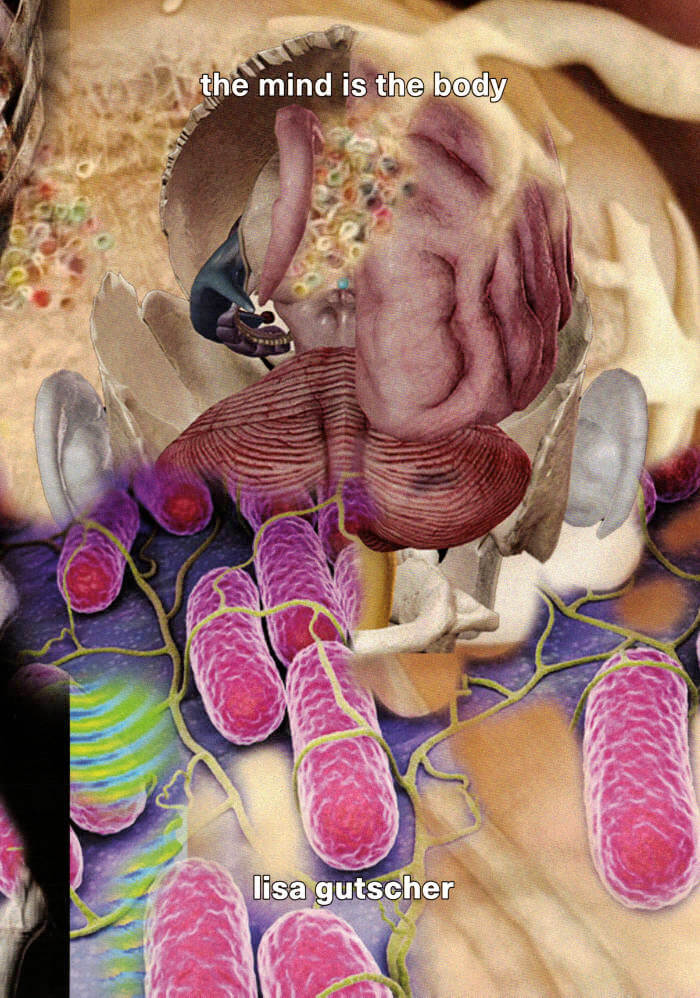
shelf documents: art library as practice
How can art libraries be generative resources and sites of action for all who identify as queer, as women, as Black, as Indigenous, as people of colour? What does it mean to consider the art library as a collective practice that spans multiple scales? In shelf documents artists, writers, curators, teachers, and librarians reflect on their engagements with books, libraries and art-library-as-practice.
Between a reader, an artist’s book, a project documentation and a catalogue, shelf documents might recall a pamphlet, a roadmap, or a recipe book that doesn’t tell you what to do. It is a book that gets mis-shelved.
With drawings by Heide Hinrichs
Edited by Heide Hinrichs, Jo-ey Tang and Elizabeth Haines, and designed by Sara De Bondt.
shelf documents: art library as practice features contributions by Sara De Bondt, Rachel Dedman, Elizabeth Haines, Heide Hinrichs, Laura Larson, Samia Malik, Melanie Noel, Marisa C. Sánchez, David Senior, Jo-ey Tang, Ersi Varveri and Susanne Weiß.
Published by Track Report, Antwerp and b_books, Berlin.
Published in January 2021
Language: English




